Recipes and rules for the introduction of mineral and organic fertilizers for cucumbers
Even on fertile soil, cucumbers require minimal feeding. The leaves are the first to speak about the lack of nutrients, so their appearance must be monitored. Equally important is to correctly recognize the signals and draw up the correct feeding schedule and fertilizer recipes. Such care for vegetables will allow you to get a decent harvest in open ground or in a greenhouse.
Nutrient Deficiency Symptoms
Cucumber bushes react differently to oversaturation or shortage of certain substances. The table below summarizes the typical symptoms of an imbalance in nitrogen, phosphorus, potassium and manganese.
Signs of violation of the content of substances in the soil
| Fertilizer type | Signs | |
| shortages | excess | |
| Nitrogen | In this case, the color of the foliage becomes pale, washed out. Foliage growth slows down, it becomes shallow. Cucumbers also grow short, irregularly barrel-shaped | The overabundance is signaled by thickened, irregularly shaped stems. The foliage on the bushes turns dark green |
| Phosphoric | Young leaves acquire a bluish tint. Bushes slow down in development and significantly lag behind in growth from plants in another bed | Not only leaves turn yellow, but also trunks. The foliage dries up and flies around, the bushes quickly die |
| Potash | A light yellowish border appears on the foliage, running along the edge of the old leaves. Gradually, the yellowness spreads throughout the sheet. He begins to curl inward. Development and growth are slowing down. Cucumbers grow in the shape of a pear with a thickening near the stalk | The internodes are significantly lengthened. A mosaic color appears on the foliage. Gradually, the leaves dry out and the color turns brown |
| Manganese | If this substance is shifted during foliar feeding, reddening of the veins on the foliage occurs, transparent spots appear between them | |
Fertilizers for plants are applied in 2 ways:
- under the root;
- foliar method.
Foliar processing
This technique is used to apply a particular type of fertilizer or to support plants in adverse conditions. When growing cucumbers in greenhouse conditions, such spraying is recommended more often.
Interesting fact
The result of nutritious spraying is visible immediately, within a few hours.
It is best to process cucumber bushes in the evening or early morning before sunrise. Direct sunlight on contact with leaves moistened with a solution causes a burn. It is recommended to use trace elements (manganese, molybdenum, zinc, copper) to prepare the solution. Has a beneficial effect on growth boric acid addition.
Of mineral fertilizers, it is better to use solutions of urea or potassium sulfate. We advise you to use 2 types of solutions, alternating them every other time.
Macronutrient solution. For manufacturing, we dilute 20 g of urea in a bucket of water. With the finished solution, we process the cucumber bushes from the sprayer, abundantly sprinkling the foliage and stems from all sides. If it is necessary to apply potassium fertilizer, we dilute 7 g of potassium sulfate in 10 liters of water.
A solution of trace elements. We prepare the "mother" solution. To do this, you need to dilute in 10 liters of water:
- ammonium molybdate - 1-2 g;
- copper sulfate - 0.8 g;
- magnesium sulfate - 18 g;
- boric acid - 20 g.
Mix the solution well and spray the plants from all sides. Consumption rate - 300 ml per 1 m2.
For foliar feeding of cucumbers in the greenhouse, we use 10 liters of the prepared solution of macronutrients, to which we add 10 ml of the solution of trace elements.When spraying at 1 m2 we use 250-350 ml of the ready-made working solution (1 liter of water at the same concentration as that of the mother liquor). Adjust the spray so that the "torch" is like a mist of small droplets of solution. This treatment will deliver the nutrient solution to all hard-to-reach places. The bush, having received sufficient nourishment, will respond to the care with strong growth and higher yields.
Top dressing at the root
This technique allows food to be delivered directly to the roots of the plant. By adding trace elements and mineral or organic fertilizers, we fill the soil under each bush with a ready-made solution, the root system absorbs the nutrient mixture and gets an impetus for development.
It is better to carry out the treatment in the evening, after sunset:
- abundantly water the ground in the garden with warm water;
- Pour the diluted complex or organic fertilizer around each cucumber bush;
- after absorbing the solution, pour it with a small amount of warm water.
Initial watering is important for quick access of the nutrient solution directly to the roots and prevents them from scalding. Minimal watering after applying the solution will help the nutrition spread throughout the root system of the bush.
It is necessary to supply fertilizers at certain times when the plants are in dire need of feeding. Therefore, we will try to draw up an approximate scheme for the entire garden season.
Seasonal fertilization chart
We draw your attention to one rule - unplanned processing or the use of inappropriate fertilizers will only bring harm. Therefore, it is better to skip processing than to do it wrong.
If you are lucky and your site is located in an area with fertile soils, there are no special requirements for the introduction of nutrients. You will need to feed the cucumbers after a week of growth in the open field and during the beginning of fruiting. But such soils are rare for our country. Therefore, each gardener adheres to the established processing scheme, depending on the type of soil and weather conditions.
Important
"Overfed" cucumber bushes will lag behind in development, gradually drying out, or the cucumbers will grow irregularly pear-shaped.
The basic requirements are the same for all regions, therefore, we present a general schedule for feeding cucumbers. It is recommended to split the schedule into 4 stages.
Stage 1. This top dressing is carried out at the stage of growing seedlings or after planting with seeds in open ground or in a greenhouse. This is the time when nitrogen fertilization is very important for young bushes. After two real leaves grow on the bush, we begin to prepare the solution and tools.
Optimum nutrition will be provided by solutions prepared according to the following recipes:
- We breed in a bucket of warm water 60 g of superphosphate and 1 tsp. Urea. After watering or rain, we apply fertilizer directly under each bush.
- 1 m2 sprinkle the soil under the bushes with an even layer of a mixture of 15 g of diamofoska and 5 g of ammofoska. We loosen the ground and pour abundantly with warm water.
- Dilute fresh chicken manure in water in a ratio of 1: 5. We close the container with a lid or wrap it with foil and leave the solution to ferment for 7 days. Then we dilute 1 liter of concentrate in a bucket of water and water the moistened soil under the cucumbers.
- We make herbal infusion. To do this, pour 1 part of the cut grass or plucked weeds with 5 parts of water. Let the solution brew and water the cucumber seedlings.
Advice
The use of ready-made diammophosphoric fertilizer allows you to deliver under the bushes of cucumbers not only nitrogen, but also potassium and phosphorus in a balanced composition. Therefore, it can be used at all stages of cucumber growth.
Stage 2. The first flowers appear on the bushes - it's time for the second feeding. Its task is to support fragile plants that require enhanced nutrition, to increase the number of ovaries on the bushes. During this period, cucumbers often lack potash fertilizers. If you notice lightened foliage, we immediately water the bushes.
To do this, take one of the fertilization options:
- dissolve 3 tbsp. spoons of urea in a bucket of warm water and water the bushes;
- we purchase a ready-made complex fertilizer with activators, dilute according to the instructions and process the plantings, observing the application rate per 1 m2;
- mix 10 liters of water, 40 g of superphosphate, 30 g of ammonium nitrate, 20 g of potassium nitrate, then water the moist and loose soil under the bushes;
- throughout the season, with an interval of 2 weeks, wood ash (200 g, glass), diluted in a bucket of water, can be added;
- we make a dry mixture of equal parts of ash and superphosphate, fill the earth under the bushes with an even layer and loosen the soil;
- for foliar feeding we prepare a mixture of 10 liters of water and 2 tbsp. l. superphosphate;
- also for spraying take 1 tsp. boric acid, 10-15 crystals of potassium permanganate and 10 liters of water, stir and process the foliage, bushes and soil in the aisle; such feeding will increase the number of ovaries.
Advice
If you are using non-self-pollinating cucumber varieties, apply a sweet bait for bees and flies to the foliage: 100 g of sugar, diluted in water.
Stage 3. During the beginning of fruiting, plants give a lot of energy to nourish and develop the ovary, they literally suck out all the nutrients from the soil, so it is important to feed them.
To do this, we use several fixed assets and a sequence of actions:
- We breed 1 tbsp. l. nitrophosphate in a bucket of water and water the ground around the bushes; processing is carried out at the first set of cucumbers;
- After 7-10 days, we repeat the feeding using a solution of 1 tsp. potassium sulfate and 1/2 liter can of fresh cow dung. We dilute the ingredients in a bucket of water and water the moistened soil. You can replace cow dung with any kind of organic matter.
In the period of the beginning of fruiting, the root system is no longer susceptible to damage with increased use of organic matter. But for the green mass of the cucumber bush, such solutions are destructive. Therefore, if the concentrated fertilizer gets on the foliage, be sure to wash it with clean warm water.
Stage 4. This top dressing is necessary to prolong fruiting. It is important to give the cucumbers enough nourishment so that they can throw out new flowers. We carry out the first treatment a week after stage 3. Such care will allow you to get an excellent harvest of even, beautiful and tasty cucumbers.
We prepare solutions for 4 stages of work:
- we breed in a bucket of water 4 tsp. soda and water the bushes with a solution; using this mixture, it is allowed to feed the bushes until the end of the season with a break of 7-10 days;
- dissolve 1 glass of wood ash in 10 liters of water, add manganese crystals on the tip of a knife and pour the mixture over the soil in the garden; the product is allowed to alternate with the previous one until the end of fruiting;
- to prepare foliar top dressing, pour manganese into a bucket of water to make the water a little pink, fill the container completely with grass and leave it for 3-4 days; having filtered and squeezed out the solution, pour it into a sprayer and spray it on the surface of the bushes with cucumbers.
Interesting fact
Experienced gardeners manage to prolong the fruiting of cucumbers until the first frost. To do this, root and foliar organic fertilizing alternate every 7 days.
It is not necessary to carry out all the stages of fertilization. Monitor the condition of foliage and fruits at different periods of their growth. If there are no signs of excess or deficiency of nutrients, fertilization is not worth it. However, be careful not to miss the alarm. Apply fertilizer sparingly and in accordance with the above recommendations, and you will get a rich, healthy and tasty harvest.
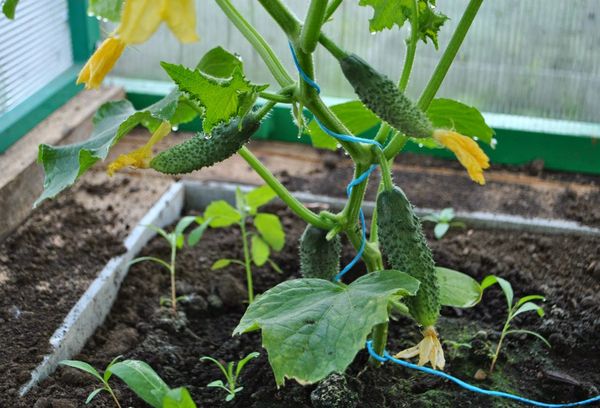
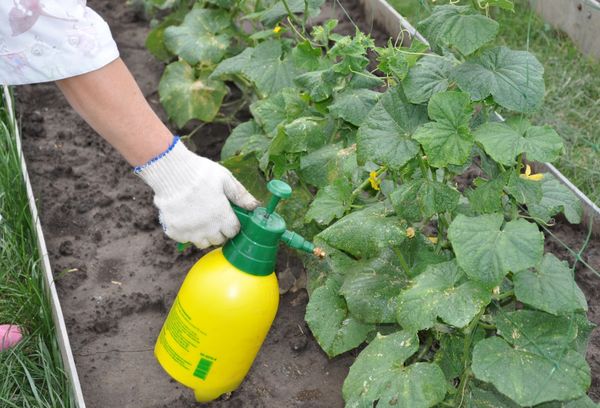
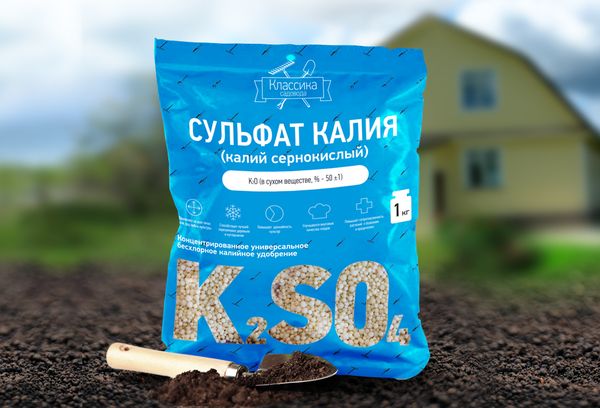
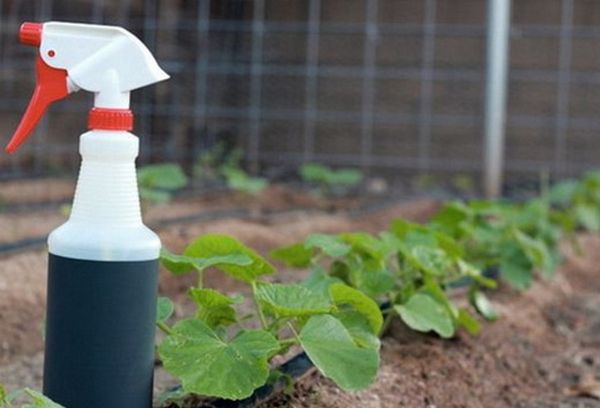
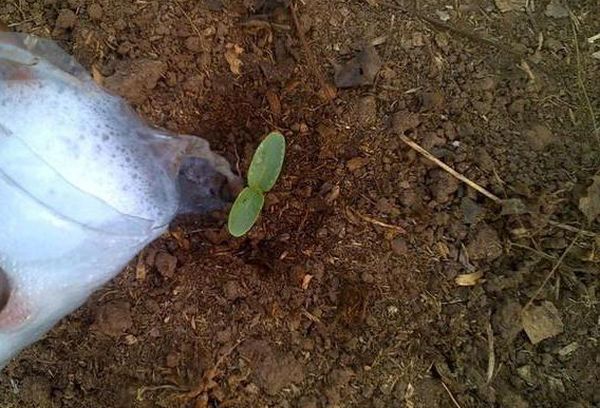
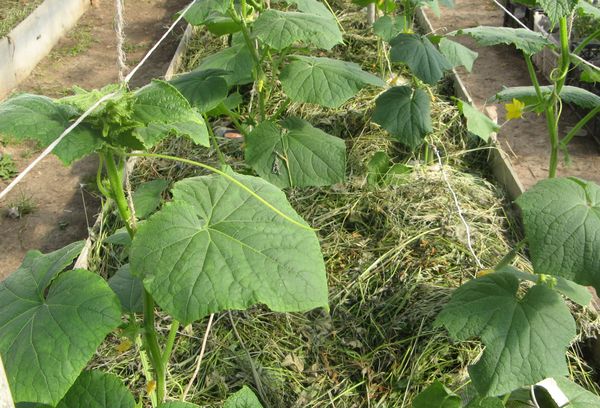
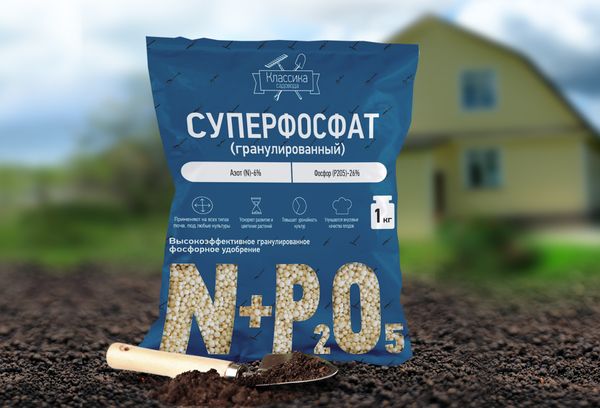
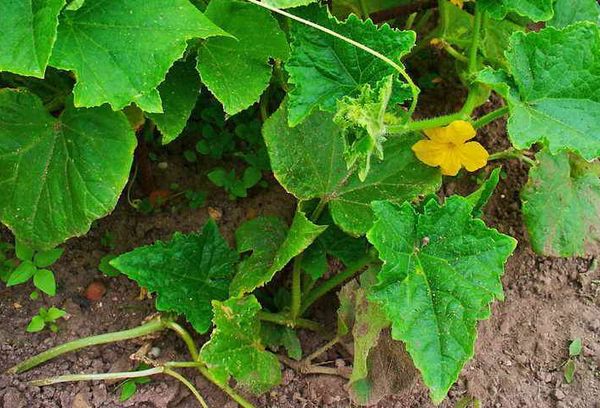
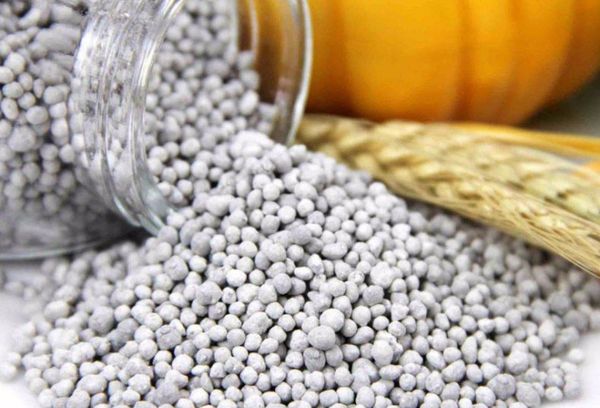
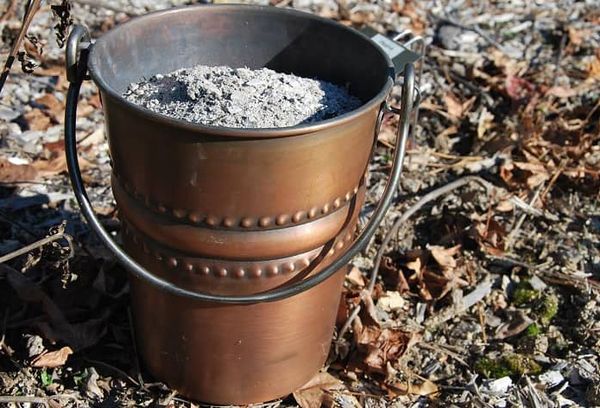
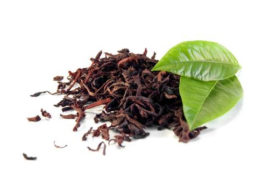
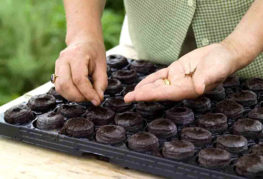
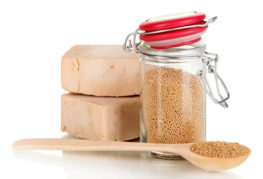
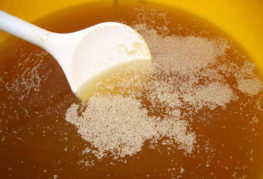
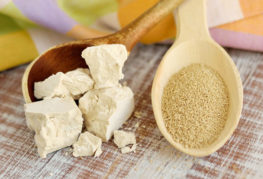
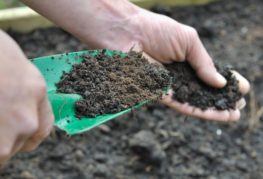
and will be published shortly.